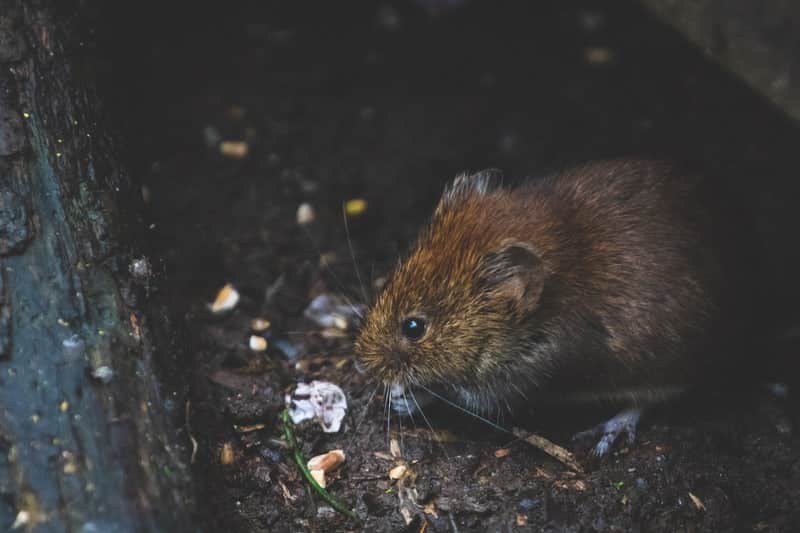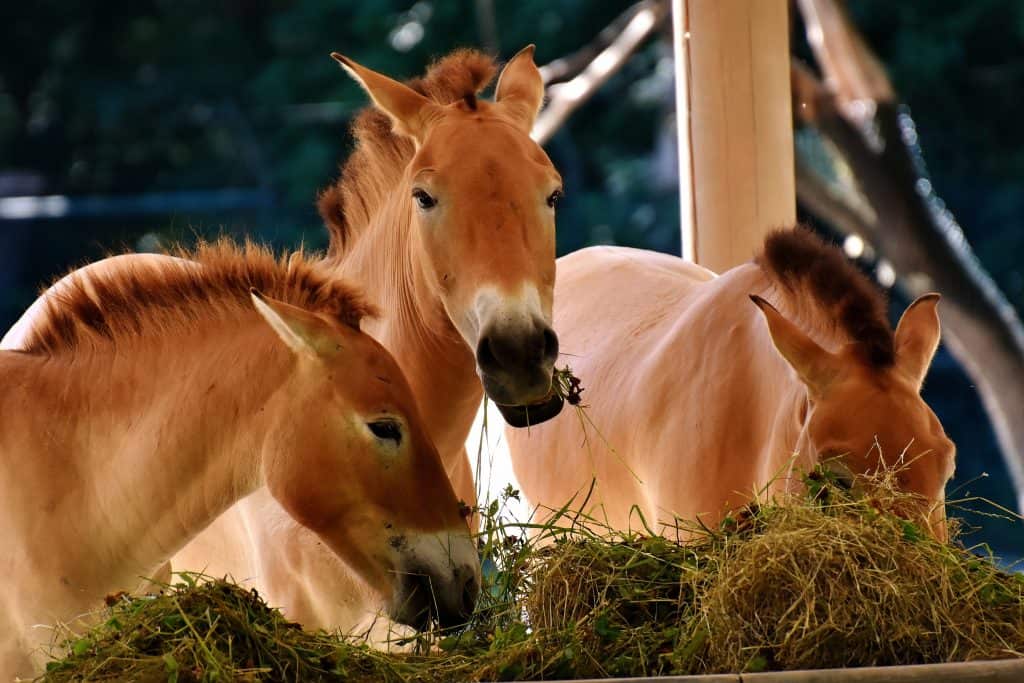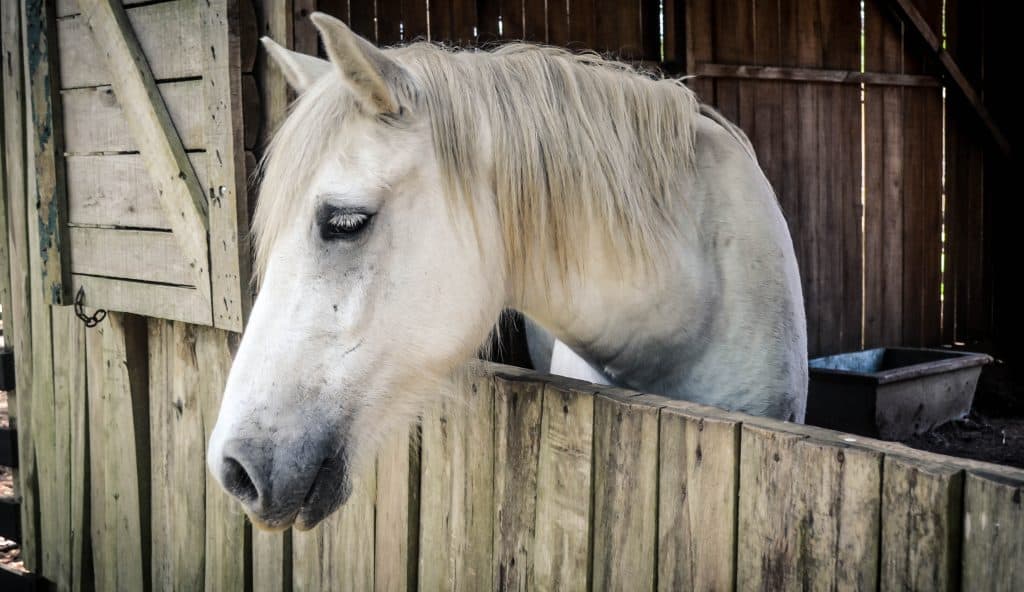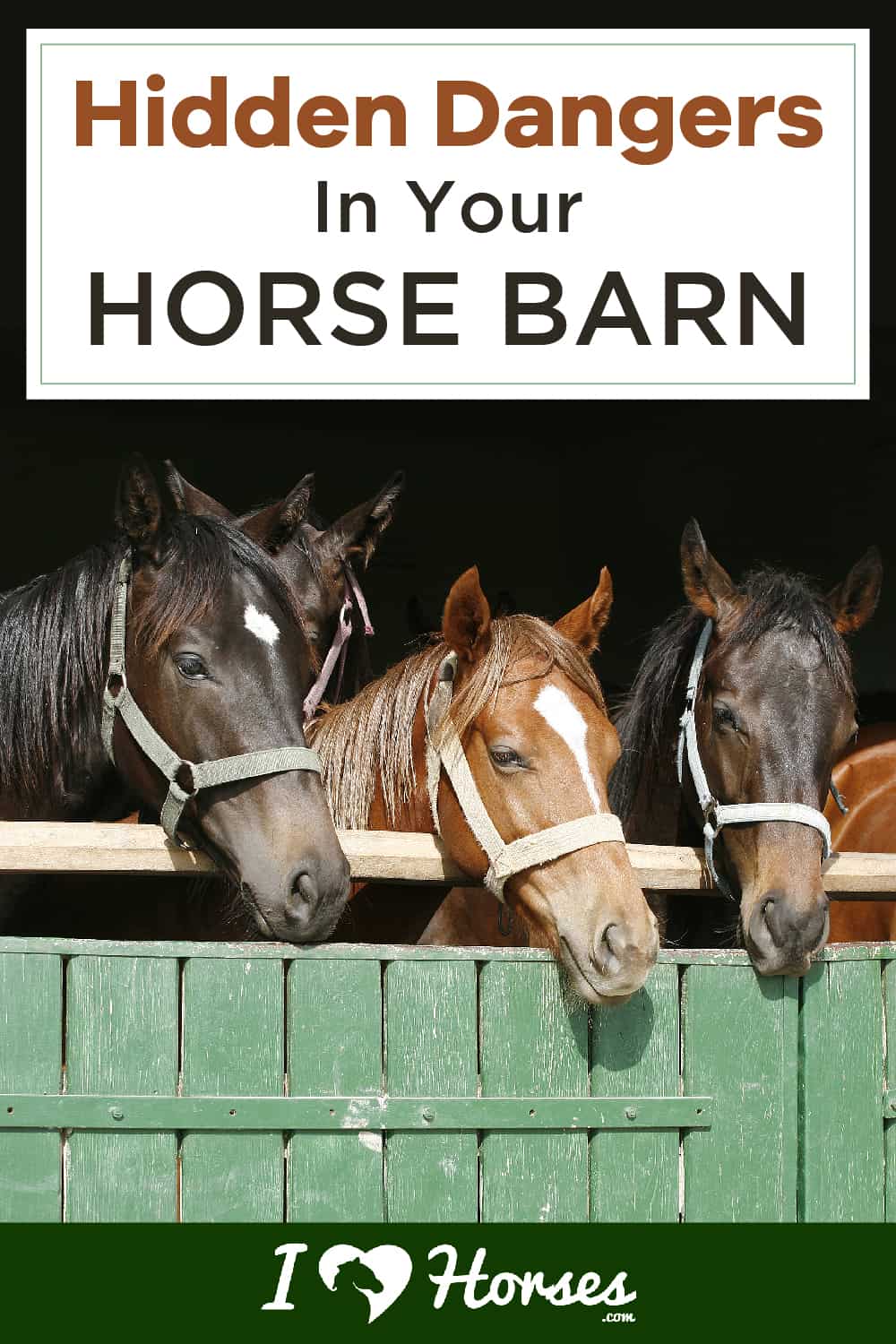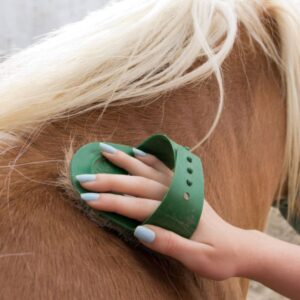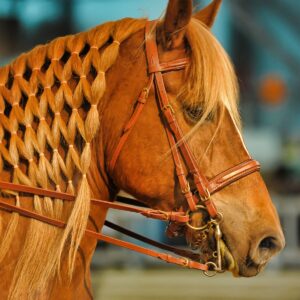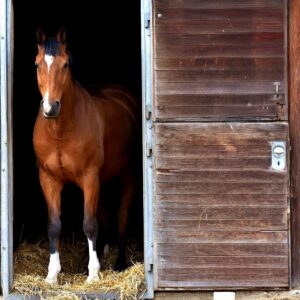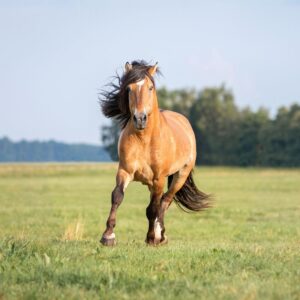Your horse is basically your child, just a 1200 lb child that you aren’t allowed to bring inside of your house. How do we compensate for this? We give them a barn to keep them out of the weather and when they are not feeling quite themselves. The barn has to be perfect of course, but did you know about these hidden dangers that could be lurking in your horse barn?
Pests
With horses, flies are a given. Flies can be controlled as much as they can, but what about other pests that are substantially larger than a bug? Opossums and rats are pests too, and ones you definitely do not want anywhere near your horses. Opossums are a known host for the protozoa that causes Equine Protozoal Myeloencephalitis (EPM), a neurologic disease caused by ingesting contaminated feed or water. If you see an Opossum around your barn, quickly call animal control and express your concern.
Check around the perimeter of the barn frequently, especially in the warmer months for groundhog holes. When groundhogs borrow under the barn, it can put the structure in danger.
Mold
Keep a lookout for mold growing in your barn – especially in the hay. Moldy hay can cause colic and it can release toxins in your horse which can lead to more dangerous health problems. Watch for mold in stall walls and floors as well. If you observe mold, move your horse to a clean area until it is cleaned.
Hot Hay and Straw
Moist hay and straw should be kept outside as there have been documented cases of the bale internal temperature to rise so much that they can combust. When storing hay in your barn, be sure it has cured long enough and the temperature is under 100 degrees. If you get a fresh delivery of square bales, use a probe to check the temperature. If it reads 175 degrees, do not touch the bale and call the fire department.
Ammonia
Another reason stall cleaning needs to be made a daily routine, is due to the fact that ammonia is a natural component in horse urine. You can usually smell it as soon as you pick up a big heaping of soiled bedding with a pitchfork. Now, you know that you don’t want your horse breathing in ammonia, but what you may not know is that it is bad for your lungs, too.
Chemicals
Pesticides and cleaners are the usual chemicals found in horse barns. Ensure to read the bottles thoroughly to ensure they are stored correctly and safely. Flammable chemicals should never be stored near outlets or near hay. Keep them stored in a closet away from your horse’s stall to ensure they cannot get into them either.
Do a walkthrough of your horse barn at least once a month to look for possible hazards and dangers. Bringing a friend for help can give you a new set of eyes to point out new dangers that you may not have thought about. Also, have an emergency action plan for your barn in the event of an emergency. Being prepared can help prevent accidents and keep your horses home safe.
If you know another horse owner who can benefit from reading this article, don't forget to share it with them to help keep their horses safe, too.
Horse Courses by Elaine Heney
- Listening to the Horse - The Documentary by Elaine Heney & Grey Pony Films
- Shoulder In & Out Training for better balance, bend & topline development with your horse
- Over 110+ Polework Exercises & Challenges to Download
- Dancing at Liberty & Creating Connection with Your Horse (11 lessons) - Grey Pony Films

